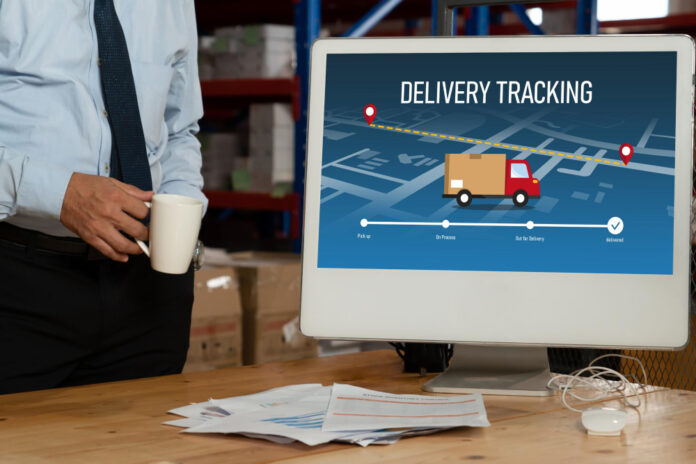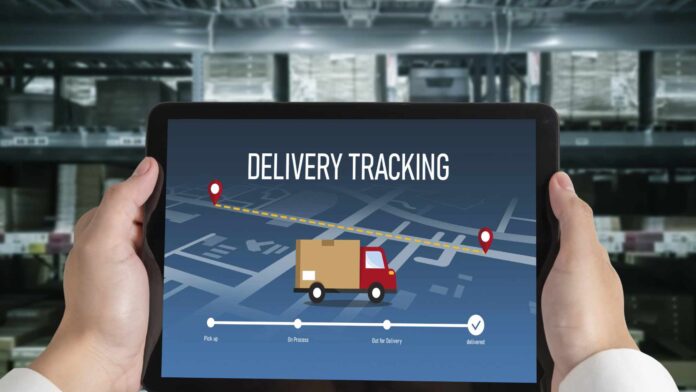Real-time tracking has become a defining feature of modern customer experience. The simple ability to see where an order is, how long it will take, and what happens next gives customers a sense of control and trust.
The concrete reason it builds stronger brand loyalty is transparency: it reduces uncertainty and creates reliability at every touchpoint. In an era where customers expect immediate updates, real-time tracking acts as a bridge between digital convenience and human assurance.
The Psychological Foundation of Loyalty
Loyalty is not created by discounts or slogans but by predictable experiences. When buyers feel informed, they feel respected. Studies in behavioral economics show that waiting is less frustrating when progress is visible. A tracking page that updates dynamically reassures customers that their purchase is actively moving toward them. This visible movement creates a subtle psychological bond, customers equate the brand with dependability.
Even in industries where delivery times are short, communication failures can erode satisfaction. A simple delay with no update can turn a neutral experience into a negative one. Real-time tracking prevents that gap. It gives customers context, not just data. When buyers can see that their item left the warehouse, reached the carrier, and is out for delivery, they form an impression of the brand as organized and accountable.
Operational Clarity and Customer Trust

From a business standpoint, real-time tracking is more than a convenience feature, it’s an operational proof of competence. It demonstrates that logistics, customer service, and data systems are synchronized. This kind of reliability turns one-time buyers into repeat customers.
Transparency eliminates guesswork. When customers can independently check their order status, it reduces the volume of support inquiries and negative feedback. For companies managing hundreds or thousands of daily orders, that can mean a measurable drop in service load and a rise in satisfaction scores. Customers interpret that efficiency as professionalism. They return not because of emotional attachment, but because the process works without friction.
Real-Time Tracking as a Brand Experience
The best tracking systems are not just utilities, they’re extensions of brand identity. The tone, design, and responsiveness of the tracking interface reflect how much a business values customer experience. Personalized notifications, clear milestone updates, and accurate estimated delivery windows create a perception of reliability that marketing campaigns cannot replicate.
Mid-sized and large e-commerce brands now integrate live tracking data with branded post-purchase portals. These platforms display shipment progress alongside personalized recommendations or care tips, transforming what used to be a passive waiting period into an active brand interaction.
This is where technology platforms like the BigCommerce order tracking app become critical. They allow businesses to manage the full post-purchase journey in one place, sending live tracking updates, delivery confirmations, and branded messages without relying on fragmented systems. The advantage is consistency. Every communication after checkout reinforces brand identity, while automated data flow keeps customers informed without manual input.
Data Consistency and Retention Benefits

Brands using real-time tracking systems collect valuable operational and behavioral data. Each delivery milestone generates timestamps, carrier performance metrics, and customer engagement signals. That information feeds continuous improvement, companies can detect delays, identify underperforming carriers, or trigger proactive notifications when something goes wrong.
The correlation between tracking quality and retention is measurable. Internal studies by leading retailers show that customers who engage with a tracking page more than twice during a shipping cycle are up to 50 percent more likely to purchase again. Visibility reduces anxiety, and reduced anxiety increases willingness to return.
Tracking data also supports customer recovery programs. When an order faces a delay, automatic notifications with clear explanations and updated estimates maintain transparency. The customer might still be disappointed, but the honesty preserves trust. In contrast, silence during a delay often leads to lost loyalty and chargebacks.
How Real-Time Tracking Affects Brand Perception
Reputation in e-commerce no longer depends solely on product quality. Delivery communication is part of the overall value proposition. Brands known for accurate updates and visible order progress are perceived as reliable, regardless of price range. The opposite is also true: missing updates can damage even premium labels.
When customers recommend a brand, they often mention the delivery experience. “It arrived when they said it would” or “I could track it every step of the way” are real expressions of trust. Real-time tracking amplifies these sentiments through automation and accuracy.
In competitive sectors like fashion, electronics, and health products, tracking experiences can influence long-term brand hierarchy. Companies that treat post-purchase visibility as part of their marketing ecosystem tend to rank higher in customer satisfaction surveys and retain more subscribers in loyalty programs.
The Strategic Value of Transparency

From a strategic perspective, real-time tracking is a retention engine. It keeps customers inside the brand’s ecosystem after checkout, delaying the shift of attention back to competitors. Each update is a micro-interaction that reminds customers who they bought from and why the experience matters. This is particularly valuable for repeat-purchase industries, cosmetics, supplements, and apparel, where post-purchase engagement directly influences reorder rates.
Moreover, transparent tracking builds reputational resilience. When a mistake occurs, a late shipment, or a damaged item, the brand can handle it with credibility because customers already associate it with openness. They’re more forgiving toward brands that communicate consistently.
Conclusion
Real-time tracking builds stronger brand loyalty because it transforms the invisible gap between checkout and delivery into a transparent, trustworthy experience. It reduces uncertainty, proves operational competence, and sustains engagement long after purchase. Brands that treat tracking as part of the customer relationship, not just a shipping feature, gain measurable improvements in retention and word-of-mouth advocacy.







